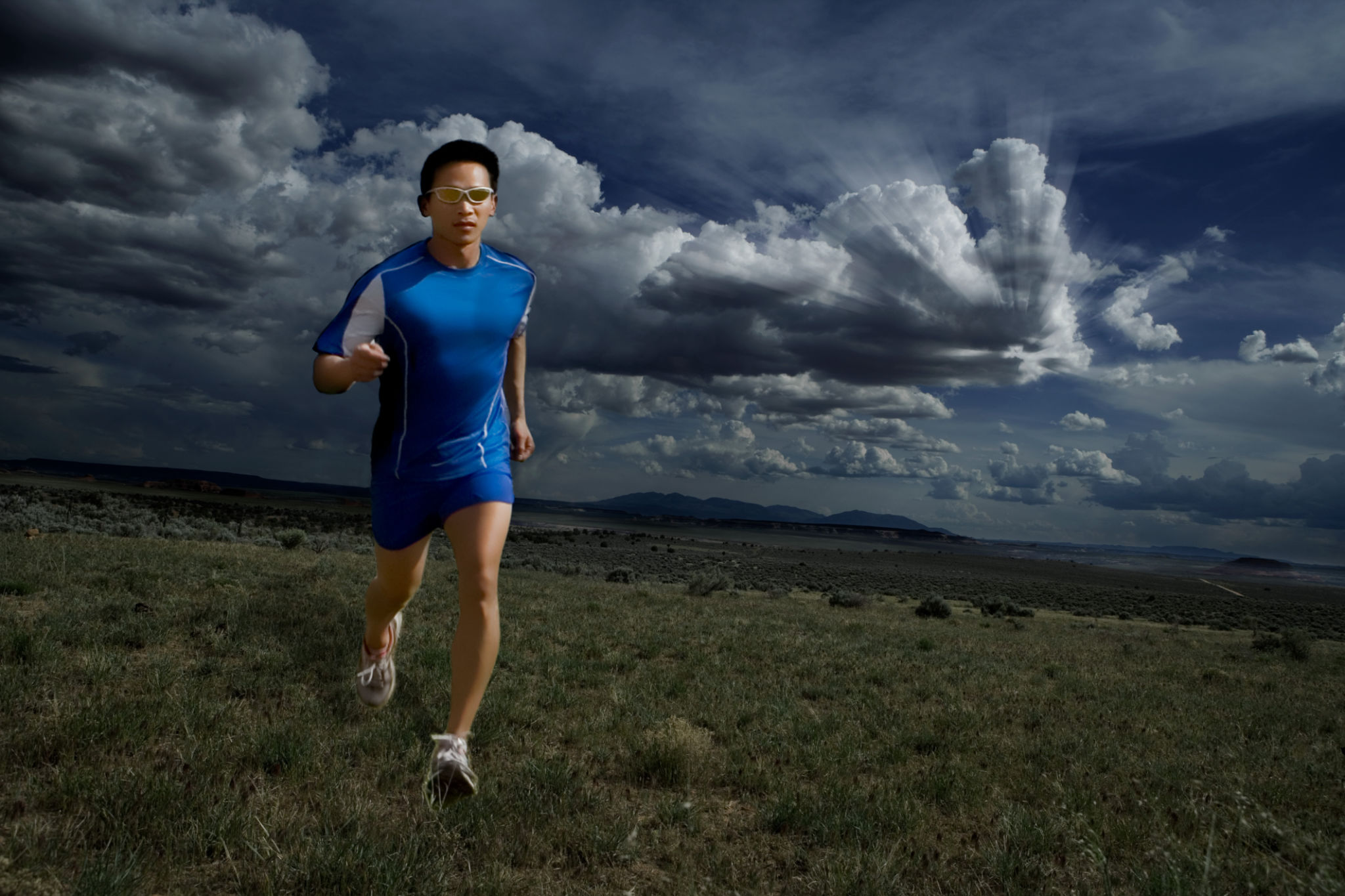Mastering the Art of Landscape Photography: Techniques and Tips
Understanding the Basics of Landscape Photography
Landscape photography is a captivating art form that allows us to capture the beauty and splendor of the natural world. To master it, it's essential to understand the basics such as composition, lighting, and the use of filters. A well-composed image can tell a story, evoke emotions, and transport the viewer to another place.
The rule of thirds is a fundamental concept in landscape photography. By dividing your frame into a 3x3 grid, you can position the most important elements along these lines or at their intersections, creating a more balanced and engaging photo. Additionally, consider the direction and quality of light. The golden hour, shortly after sunrise or before sunset, offers soft and warm light, perfect for enhancing landscapes.

Choosing the Right Equipment
While you don't need the most expensive gear to capture stunning landscapes, certain equipment can significantly improve your results. A sturdy tripod is crucial for ensuring stability, especially in low-light situations or when using slower shutter speeds. This enables you to capture sharp images without any blurring caused by camera shake.
Lenses play a vital role in landscape photography. A wide-angle lens is often preferred as it allows you to capture more of the scene. However, don't shy away from experimenting with telephoto lenses to focus on specific details or create compression effects in your images. Additionally, consider using polarizing filters to reduce glare and enhance colors.

Mastering Composition Techniques
Effective composition is an art in itself that requires practice and patience. Leading lines are powerful tools that guide the viewer's eye through the photograph, creating a sense of depth and perspective. Look for natural lines such as rivers, paths, or fences to incorporate into your shots.
Incorporating foreground elements can also add depth and interest to your images. By including rocks, flowers, or other objects in the foreground, you create a more immersive experience for the viewer. This technique helps in establishing a sense of scale and makes the landscape appear more dynamic.

Utilizing Weather and Natural Conditions
The weather can dramatically change the mood and atmosphere of a landscape photograph. Embrace different weather conditions to add variety and emotion to your shots. Fog can add mystery and intrigue, while stormy skies can bring drama and contrast to your compositions.
Keep an eye on weather forecasts and be prepared to adapt to changing conditions while on location. Sometimes, the most unexpected weather changes can lead to unique photographic opportunities that others might miss.

Post-Processing Tips
Post-processing is an integral part of modern landscape photography. While it's essential to capture a well-exposed image in-camera, editing allows you to enhance colors, contrast, and sharpness further. Tools like Adobe Lightroom or Photoshop offer powerful features for adjusting your photos.
When editing, aim to enhance the natural beauty of the landscape without overdoing it. Subtle adjustments can make a significant difference in elevating your images. Adjust white balance to ensure accurate colors and use selective adjustments to highlight key areas without losing detail.

Developing Your Unique Style
As you gain experience in landscape photography, you'll begin developing your unique style. This personal touch sets your work apart from others and reflects your perspective on the world. Experimenting with different techniques, compositions, and post-processing styles will help you discover what resonates with you.
Patience and persistence are key in this journey. The more you practice and explore different environments, the more you'll refine your skills and artistic vision.

Conclusion
Mastering the art of landscape photography requires a combination of technical skills, creative vision, and an appreciation for nature's beauty. By understanding fundamental techniques, choosing appropriate equipment, and embracing natural conditions, you can create breathtaking images that captivate and inspire.
Whether you're a beginner or a seasoned photographer, continuous learning and experimentation will help you grow and evolve as an artist. So grab your camera, head outdoors, and start capturing the world around you in all its glory.
